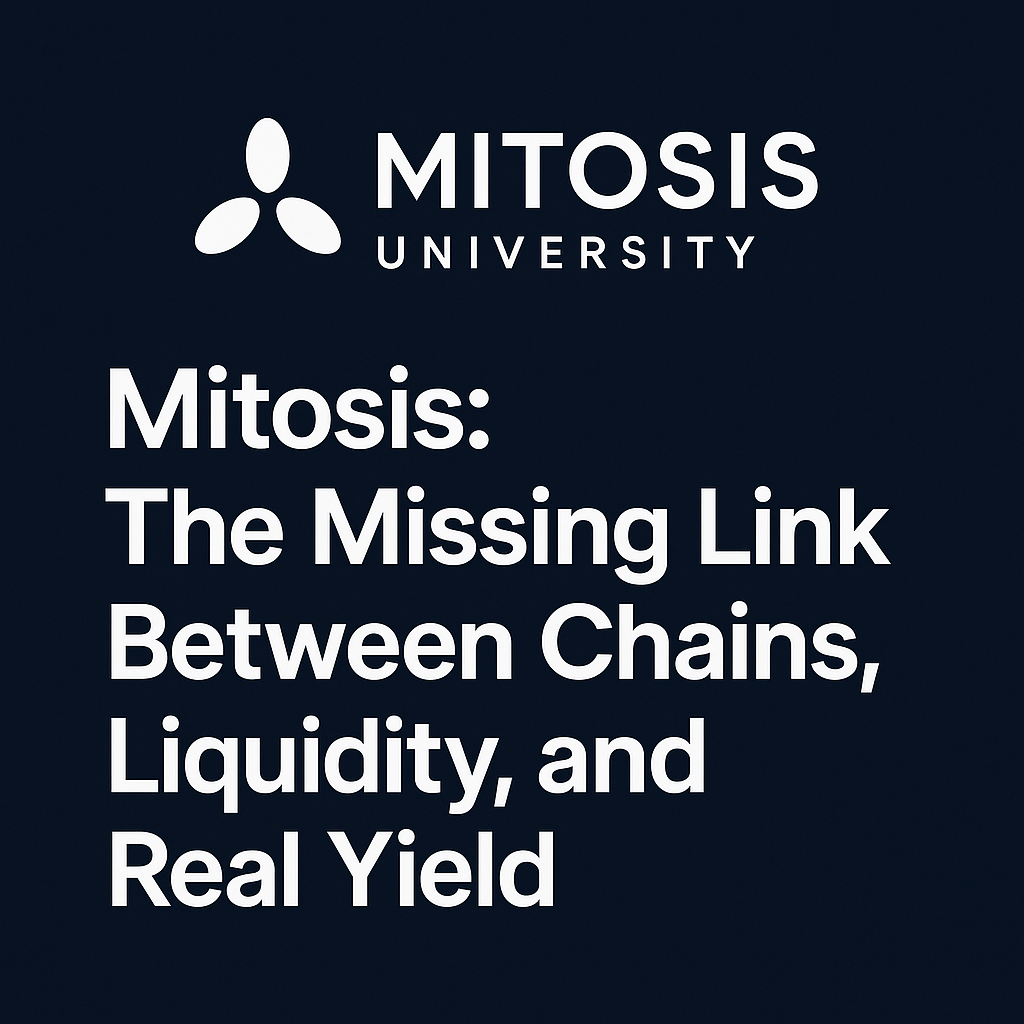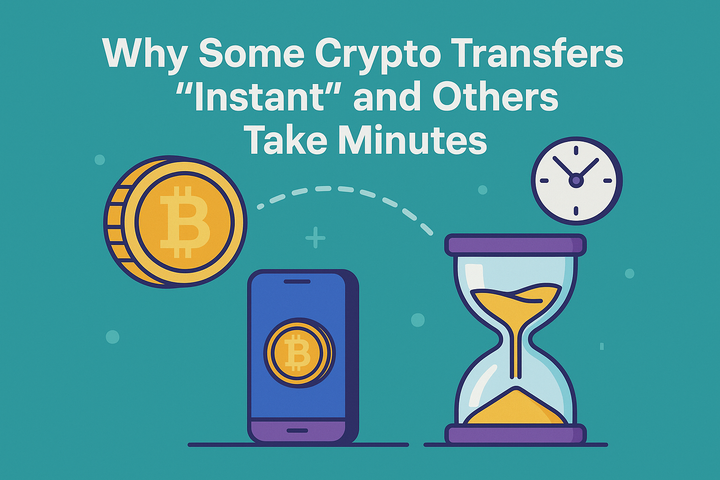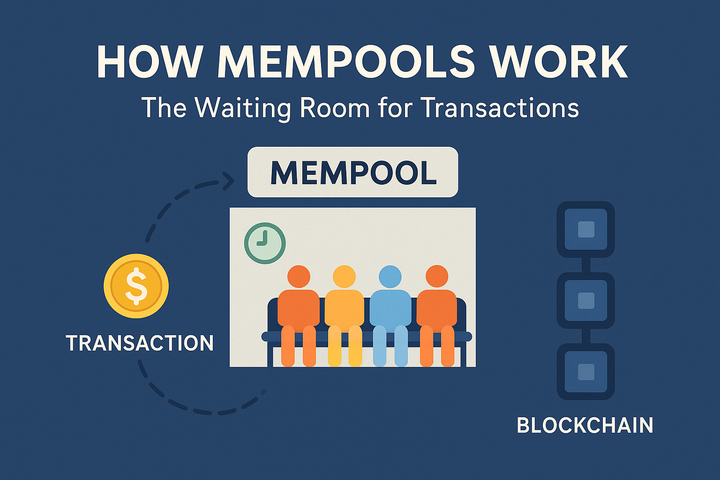Mitosis: The Missing Link Between Chains, Liquidity, and Real Yield

Introduction
Let’s talk about something that’s pushing DeFi forward. It's not another meme coin or fork, but something foundational: Mitosis.
If you’ve ever bridged funds and felt like you were risking your entire bag, or you’ve watched liquidity sit idle while gas fees roasted you alive, then this is for you.
What Is Mitosis?
Mitosis is not your average bridge. It is a modular interoperability layer that enables seamless asset movement across chains — securely, efficiently, and without the usual drama.
✅ No synthetic assets
✅ No trusted middlemen
✅ No friction
With Mitosis, you can bridge assets between Ethereum, Arbitrum, Optimism, Base, and Polygon zkEVM. But here’s the kicker — you earn yield as your assets move.
That’s right. You bridge and earn. At the same time.
🔗 Learn more about how Mitosis’s architecture works under the hood
Solving the Bridge Trilemma
Crypto has long faced the bridge trilemma, where developers and users are forced to choose two out of three: speed, security, or cost-efficiency.
Mitosis eliminates that trade-off entirely.
It combines:
- Native assets (no more risky wrapped tokens)
- Modular design that can deploy across ecosystems
- Permissionless liquidity pools where anyone can participate
This architecture unlocks capital efficiency, strong security guarantees, and lightning-fast execution.
🔗 Dive deeper into Mitosis' liquidity and incentive models
Liquidity That Works
Most bridges treat liquidity like a short-term tool. Mitosis treats it like infrastructure.
As an LP, you aren’t just parking assets — you’re engaging in active capital deployment. Your liquidity supports real transfers, fuels arbitrage, and earns you fees from actual on-chain activity.
This is real yield — not just emissions or token inflation.
Let’s take an example:
Imagine Alice wants to bridge USDC from Arbitrum to Base.
With Mitosis:
- Her USDC moves natively without needing to be wrapped.
- The transfer is verified through ZK proofs and optimistic assumptions (depending on the config).
- The liquidity provider on both ends earns a portion of the transfer fee and any arbitrage generated by the swap.
It’s simple, scalable, and sustainable.
For the Analysts: Real-Time Flow Data
If you analyze crypto markets, Mitosis offers something uniquely powerful.
Liquidity movement across Mitosis provides early signals for capital trends — before the price reacts.
- ETH flowing into Optimism? Not random.
- TVL spiking on Arbitrum? Mitosis might show you the root.
Mitosis becomes a stethoscope for DeFi — giving you visibility into the bloodstream of crypto.
🔗 See real-time liquidity flow via Mitosis analytics
Mitosis vs Other Bridges
| Feature | Traditional Bridges | Mitosis |
|---|---|---|
| Native asset bridging | ❌ | ✅ |
| Real yield for LPs | ❌ | ✅ |
| Cross-rollup support | ❌ | ✅ |
| Modular deployment | ❌ | ✅ |
| Permissionless participation | Rare | ✅ |
Mitosis isn't just another bridge. It’s a reliable cross-chain foundation.
Why This Matters
DeFi has lacked infrastructure that is both deeply technical and intuitively usable. Mitosis bridges that gap.
- Security-first design
- Permissionless LP participation
- Real yield and composability
And yes, it’s still early.
If you want to understand how it works under the hood, start with the official Mitosis Whitepaper.
Final Thoughts
Mitosis delivers:
- Bridging without compromise
- Liquidity that earns
- Real-time insights for serious analysts
This is how DeFi was meant to work.
The liquidity is moving. The market is shifting.
Follow the flow — or get left behind.
And yeah, this is just the beginning.



Comments ()